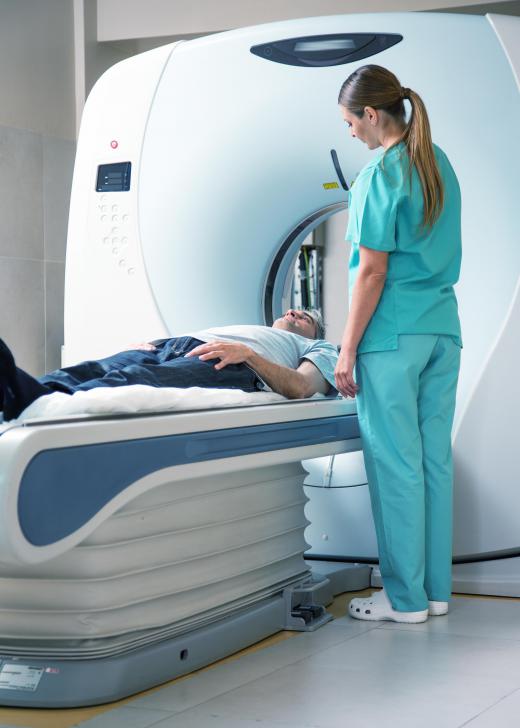What is a Neo Magnet?
The "neo" in "neo magnet" is short for neodymium, a chemical element. Neo magnets are magnets made of an alloy of neodymium, iron, and boron. For this reason, they are also known as NIB or Nd-Fe-B magnets.
Neodymium belongs to the family of chemical elements known as the lanthanides — those with atomic numbers between 57 and 71. The lanthanides, along with yttrium and sometimes scandium, thorium, and zirconium, are commonly said to make up a class of elements called the rare earth metals. This name is somewhat misleading, as not all rare earth metals are rare, and neodymium itself is quite common. When not in alloy form, that is, in its natural form, neodymium oxidizes quickly when exposed to air.
Magnets made from rare earth metals are typically stronger than other kinds of magnets. Neo magnets, actually, are the strongest permanent magnets known. They also lose their magnetism more slowly than other kinds of magnets.

A neo magnet may be used industrially in electrical motors, computer hard drives, for magnetic resonance imaging, and in any application that requires a powerful, light-weight magnet. It can also be purchased by the general public from any number of online sources for use in science experiments, home organization, crafts, and magic tricks.
The manufacturing method for a neo magnet typically takes one of two forms: sintering or bonding. Sintered magnets are created by compressing powdered alloy at high pressure into a mold, and then heating it to form a solid mass of metal. The metal is then cooled, cut to shape, coated, and magnetized by being exposed to a high magnetic field. A bonded neo magnet is made by crushing ribbons of Nd-Fe-B alloy into powder, then mixing the powder with a polymer that is mold-injected. Sintered magnets are typically stronger than bonded magnets, but bonded magnets can often be made into shapes that sintered magnets cannot.

Special care must be exercised in handling neo magnets. They are highly brittle magnets, and as a result, those that are sold commercially are often coated with nickel to reduce the likelihood of cracking or shattering. Neo magnets should also be kept away from high heat as they can lose magnetism if exposed to temperatures above around 175 degrees Fahrenheit (80 degrees Celsius) and will give off toxic fumes if exposed to fire.
Safety precautions should also be observed. Like all magnets, neo magnets can damage televisions, computer monitors, pacemakers, and magnetic media like hard drives. Being so strong, the magnets pose a danger of pinching if a body part is caught between two. Often sold in very small sizes, they can also pose a choking hazard and should be kept away from young children.
AS FEATURED ON:
AS FEATURED ON:












Discuss this Article
Post your comments